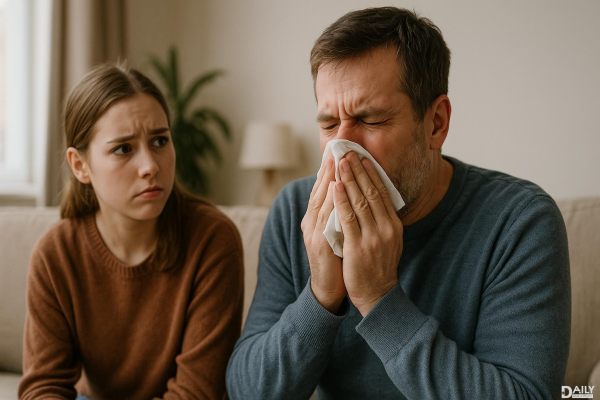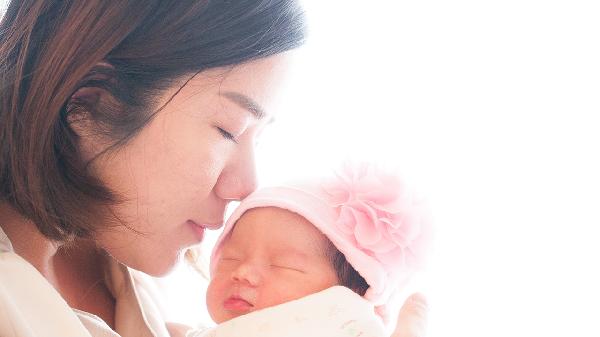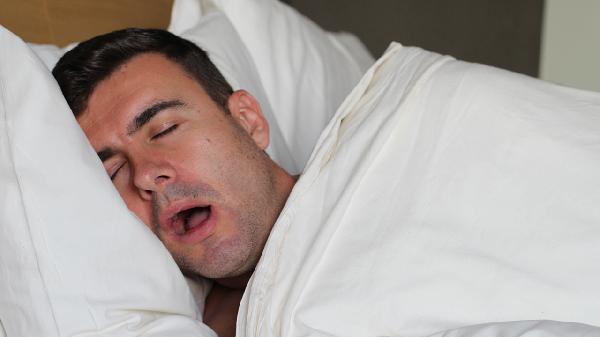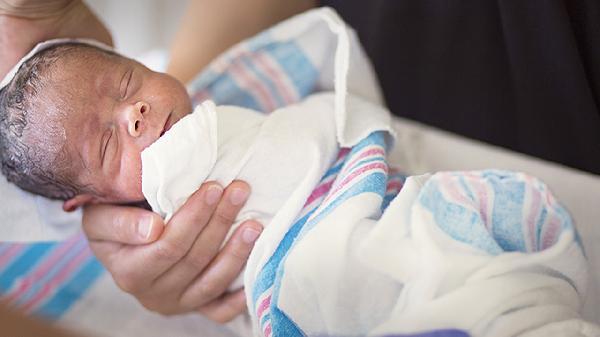For the health of the baby, many mothers choose to breastfeed, some even continuing until the child is 2-3 years old. In the early days after birth, the baby has no teeth and poses no threat to the mother's nipples. However, once the baby starts teething, the nipples may be subjected to daily trauma, sometimes even resulting in broken skin and bleeding. So, how should mothers protect their nipples during the teething period? How should they treat nipples that have been bitten?
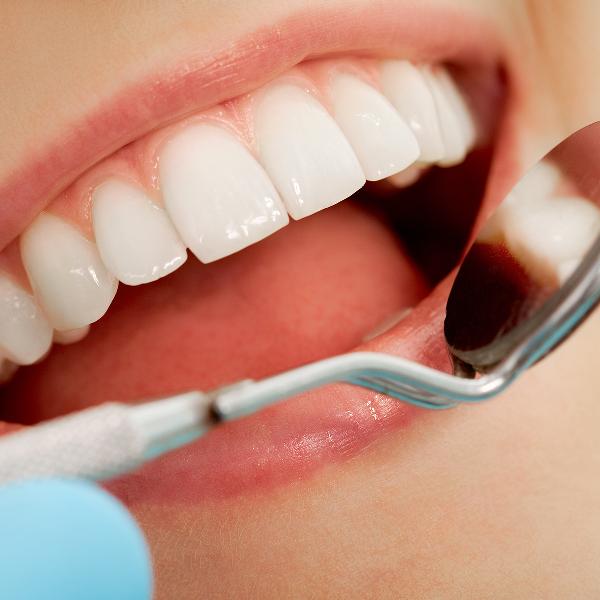
How to avoid nipple bites?
During the teething phase, the baby's gums may feel some pain and itchiness, leading them to unconsciously bite on things. If the teeth have already started to emerge, the mother's nipples may get injured, so it's important to take some protective measures at this time.
1. Proper breastfeeding posture is essential
Incorrect breastfeeding posture is one of the main causes of nipple damage. The correct method is to keep the baby's head and body in a straight line and have their chest and abdomen close to yours. After the baby latches onto the nipple, observe whether they have taken the entire areola into their mouth. Also, check if their cheeks are sinking inward while sucking, as this indicates incorrect posture.
2. Relieve the baby's gum discomfort
Due to teething, the baby may experience gum discomfort. When you notice them biting the nipple, promptly insert your index finger into their mouth to prevent further biting. Additionally, letting the baby chew on cool apple slices or carrot sticks can help alleviate gum discomfort.
3. Find a quiet place to breastfeed
Babies are easily distracted by external stimuli, so it's best to choose a quiet place for breastfeeding. During feeding, if the baby is attracted by sounds, they might suddenly turn their head and pull on the nipple, causing injury.
How to treat bitten nipples?
Bitten nipples not only cause extreme pain but may also affect breastfeeding, potentially leading to malnutrition in the baby. Therefore, when such issues arise, it's crucial to address them promptly and facilitate quick healing.
1. Choose the less affected breast for breastfeeding, allowing the more severely injured nipple time to recover. Also, alternate the baby's feeding positions during breastfeeding to evenly distribute the sucking force around the nipple and areola.
2. After each feeding, leave a drop of breast milk on the nipple. Breast milk contains vitamin E and other healing factors that aid in wound recovery. Additionally, wear a loose and comfortable bra to ensure air circulation and promote wound healing.
3. If the nipple is extremely painful, stop breastfeeding and consider a 24-hour break. During this period, express the milk and feed it to the baby using a bottle.
4. It's advisable to use some nipple cream to aid recovery. Philips Avent's soothing nipple cream is highly recommended.
This cream contains no preservatives, colorants, or fragrances, making it safe for mothers to use. Its key ingredient is pure, natural, and pollutant-free lanolin from Australia, which forms an 8-hour moisturizing barrier in a short time. Not only does it replenish the skin's lipids and moisture, but it also maintains and enhances the skin's self-repairing capabilities, effectively relieving and preventing nipple discomfort during breastfeeding, and aiding in the repair of damaged skin.
It's important not to delay treatment for bitten nipples, as this not only causes suffering for the mother but may also affect the baby's daily feeding. Therefore, mothers should actively address such issues and strive for quick wound healing to ensure the baby receives adequate nutrition.
